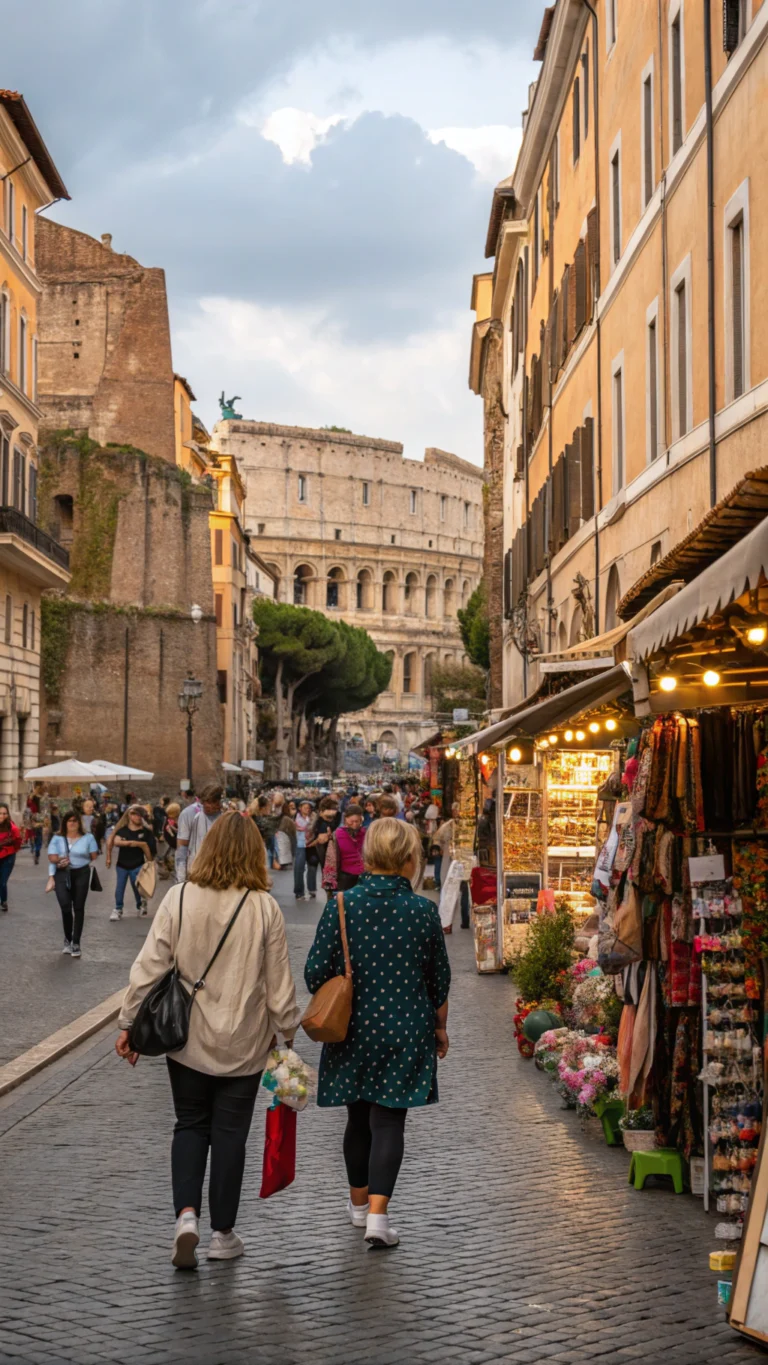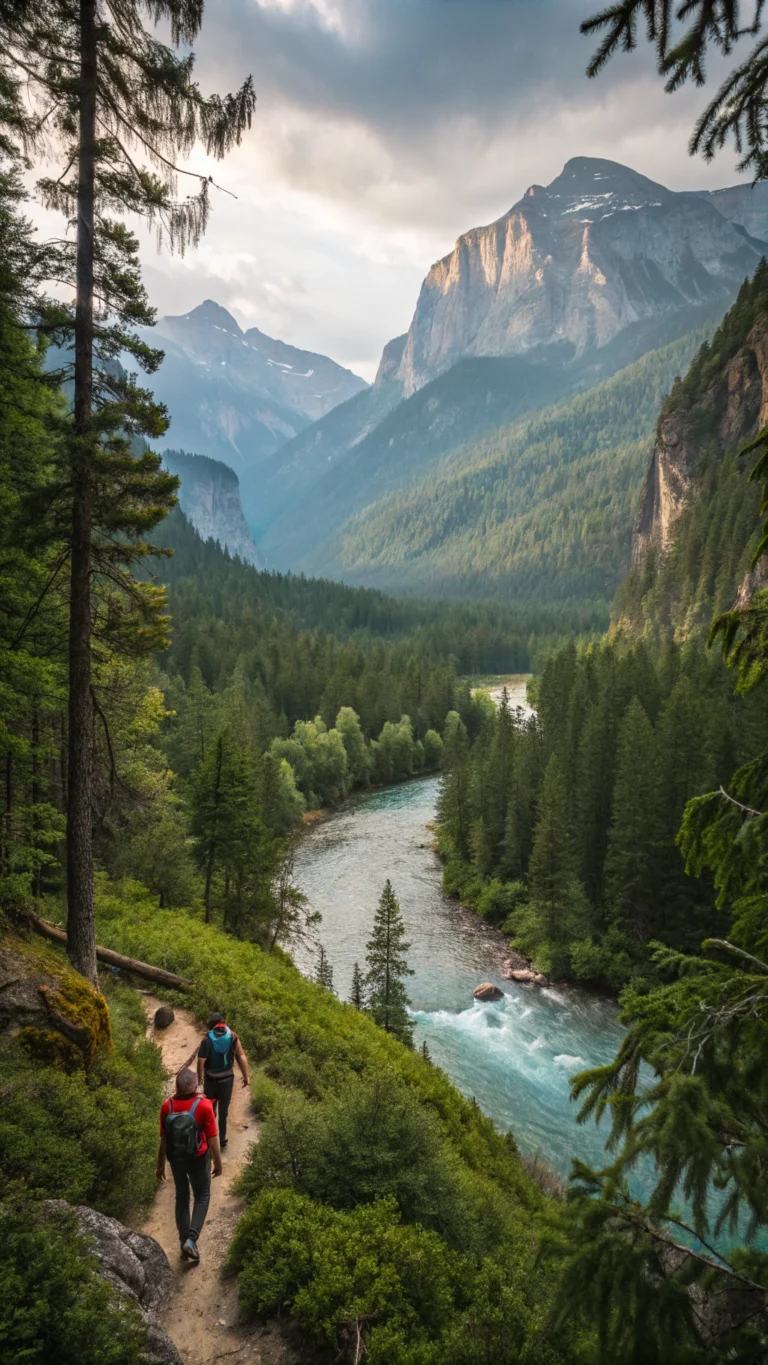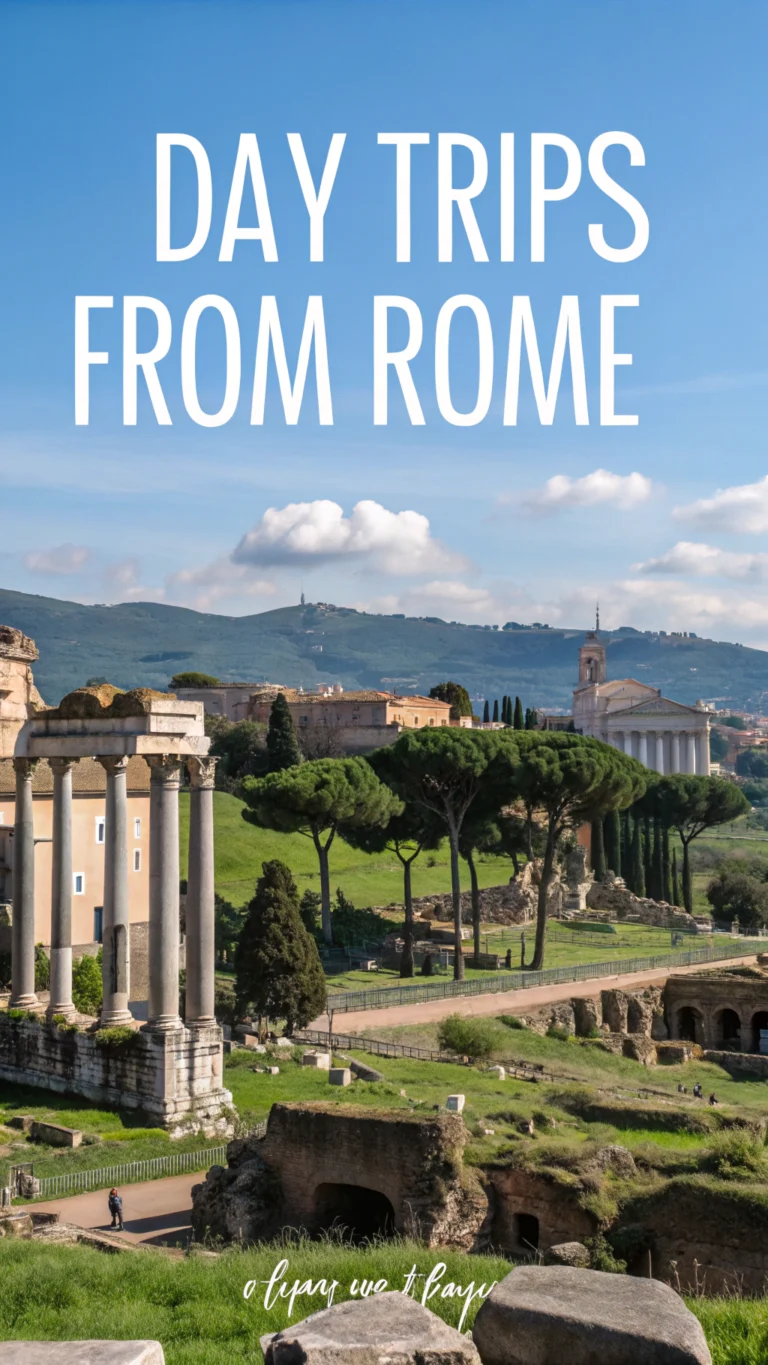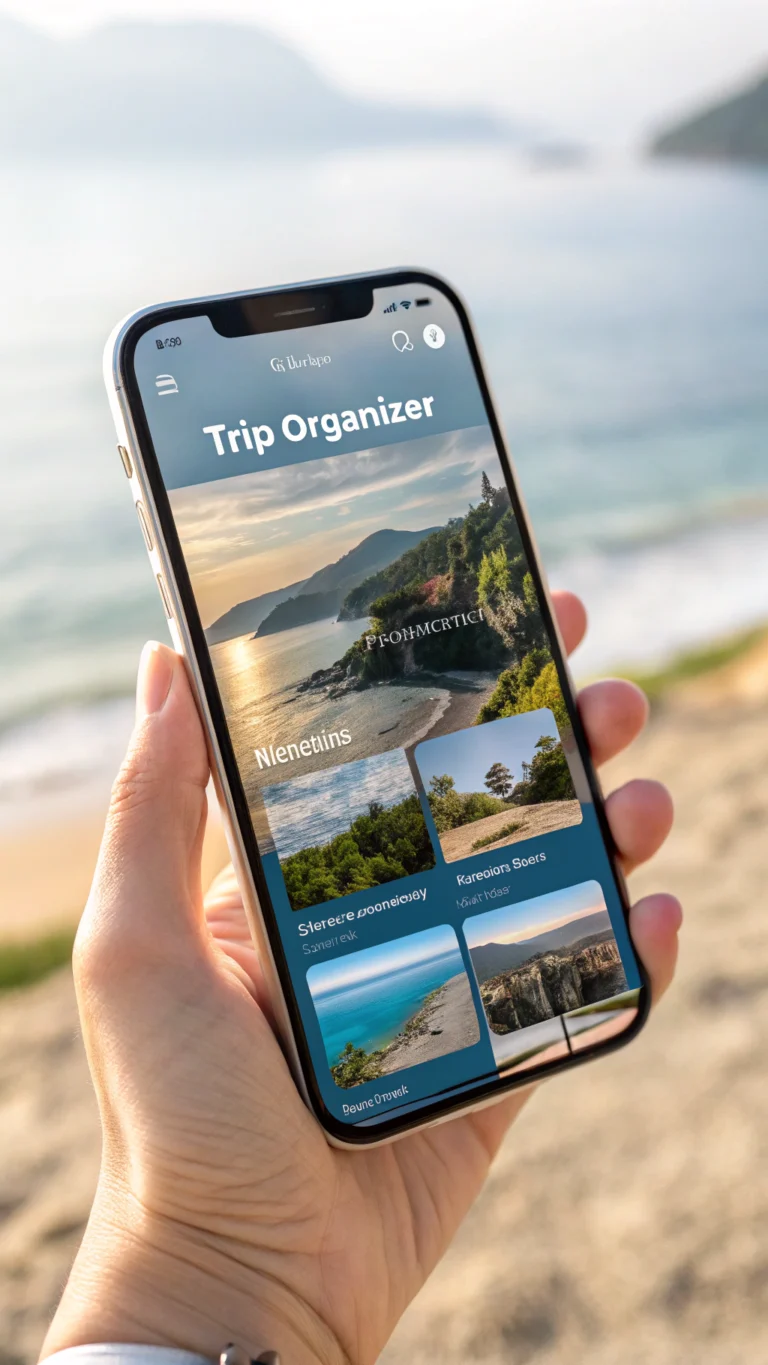Rome Restaurant Reviews: 7 Hidden Gems You Must Try!
Table of Contents
Introduction
Have you ever wondered why so many foodies believe Rome is the best place to eat in the world? Even though 87% of tourists visit well-known locations like the packed trattorias in Trastevere, the real charm of Roman food is concealed from view. As an avid foodie who has visited more than 50 restaurants in the Eternal City, I’m excited to offer these reviews of Rome restaurants that highlight real eateries frequented by residents. The typical Roman dining experience that most tourists regrettably miss is available at these seven undiscovered treasures.
Destination Overview
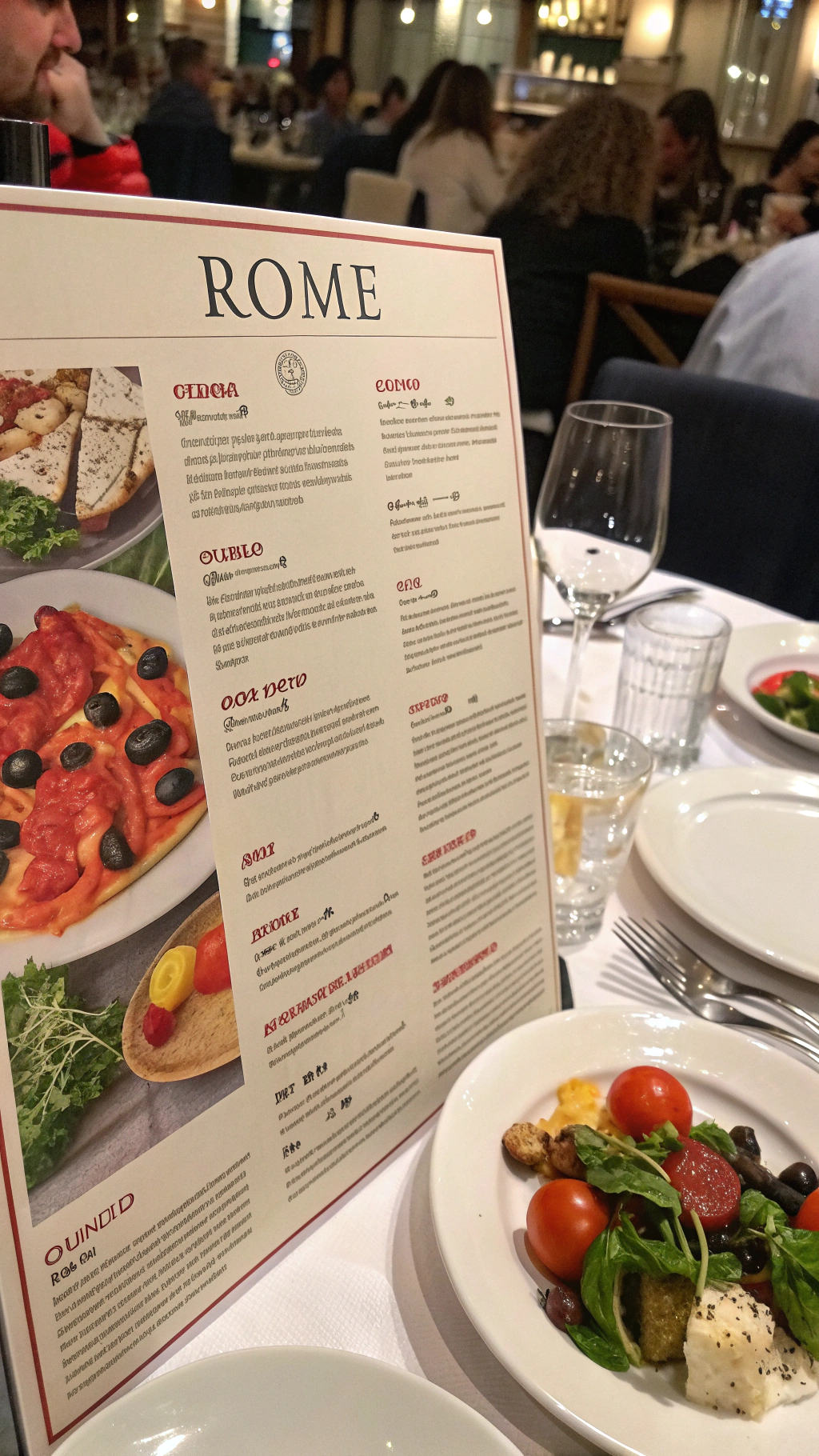
Rome’s food scene is as complex and multi-layered as its 2,700-year history. A culinary wonderland created by centuries of tradition may be found beyond the famous Colosseum and Vatican. Four guiding principles of Roman cuisine—simplicity, seasonality, location, and little waste—have been present since antiquity yet are still astonishingly applicable today.
The shoulder seasons (April–May or September–October) are the ideal times to see Rome’s restaurant scene because of the pleasant weather and the increased likelihood of getting a reservation at these little-known eateries due to less tourists. While winter offers the benefit of truffle season and holiday favorites like panettone, summer delivers unbearable heat.
Travel Itinerary
One Day of Culinary Discovery
- Morning (8:00-10:30): Start at Campo de’ Fiori market to witness locals shopping for fresh produce
- Lunch (12:30-14:30): First hidden gem restaurant (saves you from tourist traps charging 30% more)
- Afternoon (15:00-18:00): Walking food tour of Testaccio neighborhood
- Dinner (20:00-22:30): Second hidden gem experience with reservation made 3 days in advance
Three-Day Food Journey
For a more comprehensive experience, spread your culinary exploration across neighborhoods:
- Day 1: Centro Storico and Jewish Ghetto
- Day 2: Monti and Testaccio
- Day 3: Prati and Trastevere (visiting our remaining hidden gems)
Pro tip: Book lunch reservations before noon and dinner before 8:00 PM to eat like a tourist. For an authentic experience, eat lunch at 1:30 PM and dinner no earlier than 8:30 PM like Romans do.
Must-See Attractions
While savoring Rome’s culinary delights, balance your itinerary with these essential cultural experiences:
- The Ancient Trio: Colosseum, Roman Forum, and Palatine Hill (book skip-the-line tickets)
- Vatican Museums and St. Peter’s Basilica: Go early or book a private after-hours tour
- Pantheon: Visit during off-hours (early morning or evening)
- Piazza Navona: Perfect spot to digest between meals
- Trastevere: Explore charming streets before dinner at our hidden gem #6
Be sure to read Rome restaurant reviews on local sites rather than international platforms to find authentic recommendations near these attractions.
Where to Stay
For the ultimate food-focused stay, these neighborhoods put you within walking distance of our hidden gems:
- Monti: Hip, central neighborhood with easy access to ancient sites and two of our recommended restaurants
- Testaccio: The true food lover’s district, less touristy with fantastic morning markets
- Trastevere: Charming and lively, home to some of our favorite eateries
Budget travelers should consider guesthouses in Prati (€80-120/night), while luxury seekers will enjoy boutique hotels in Centro Storico (€250-400/night).
Food & Local Cuisine
The 7 Hidden Gems
Trattoria Da Danilo (Monti): Family-run establishment serving the most authentic cacio e pepe in Rome. Reservation essential 3+ days in advance.
Armando al Pantheon: Despite its location near the Pantheon, this restaurant maintains exceptional quality with seasonal specialties like artichokes in spring.
Da Cesare al Casaletto: Worth the tram ride to Monteverde for arguably Rome’s best fried appetizers and tonnarelli pasta.
Roscioli Salumeria con Cucina: Part deli, part restaurant offering exceptional carbonara and an outstanding wine selection.
Trattoria Pennestri (Testaccio): Modern interpretations of Roman classics using market-fresh ingredients.
Da Enzo al 29 (Trastevere): Tiny trattoria serving the most authentic amatriciana sauce. Go early or prepare to wait.
Pizzarium (Prati): Gabriele Bonci’s famous pizza al taglio (by the slice) with innovative seasonal toppings. Not a sit-down meal, but essential.
For Dietary Restrictions
- Vegetarians: Try Ops! in Monti, offering creative plant-based interpretations of Roman classics
- Gluten-Free: Il Viaggio offers 100% gluten-free Roman specialties
- Vegan: Ecru offers innovative raw vegan cuisine with Roman influences
Travel Tips & Essentials
- Coperto: The bread/cover charge (€2-5) is standard and legal
- Tipping: Not expected but 5-10% for exceptional service is appreciated
- Reservations: Essential for all sit-down meals, especially weekends
- Water: Always specify “naturale” (still) or “frizzante” (sparkling)
- Coffee etiquette: Drink espresso standing at the bar to pay local prices
Common Mistakes to Avoid
- Tourist trap indicators: Menus with photos, “tourist menu” offerings, or staff beckoning you inside
- Timing errors: Restaurants typically close between lunch (ends 3:00 PM) and dinner (begins 7:30-8:00 PM)
- Ordering cappuccino after noon: Locals consider this a breakfast-only drink
- Asking for cheese on seafood pasta: A culinary faux pas that will identify you as a tourist immediately
Budget Breakdown
- Authentic local trattoria: €25-40 per person (appetizer, pasta, glass of wine)
- Mid-range restaurant: €40-60 per person (full meal with wine)
- High-end dining: €80-120+ per person
- Street food/pizza: €5-12 per meal
- Gelato: €2.50-4.50 depending on size and location
Rome offers excellent value compared to other European capitals, with meals costing approximately 20% less than Paris and 30% less than Copenhagen.
Final Thoughts
Rome’s undiscovered culinary treasures provide a richness of taste and genuineness that goes beyond the typical tourist experience. You may connect with the city’s vibrant culinary legacy and experience the authentic flavor of Roman food by seeking out these seven exceptional businesses. Long after you’ve gone home, you’ll still be able to savor the smooth texture of a superb cacio e pepe or the memory of a flawlessly prepared carbonara.
Begin organizing your Rome gastronomic adventure now, and keep in mind that the greatest cuisine frequently lurks behind the most modest exteriors!
FAQs
When is the ideal time to make reservations at restaurants in Rome?
Make reservations two to three weeks in advance for eateries that are in high demand. Others usually need three to five days, however lunch reservations are usually easier to get than evening ones.
Before I go, should I familiarize myself with any Italian culinary jargon?
Indeed! Gaining an understanding of fundamental menu words and food jargon will improve your eating experience and make it easier for you to recognize real food.
Is Rome’s tap water safe to drink?
Of course. Rome has good tap water, and there are plenty of fountains (nasoni) to replenish bottles.
Can I bring my kids to these restaurants?
Children are welcome in most Roman restaurants, especially if they are dining early (7:30–8:00 PM) by local norms. Family-friendly restaurants include Da Cesare al Casaletto and Trattoria Da Danilo.
What attire is appropriate for Rome’s restaurants?
Most places are suitable for smart casual. Our seven hidden jewels mostly ask that you stay away from beachwear and extremely casual dress, but some upscale restaurants do demand coats.


